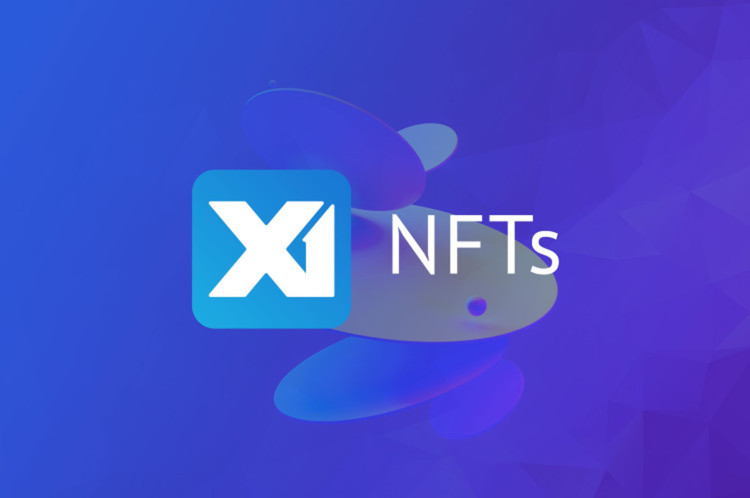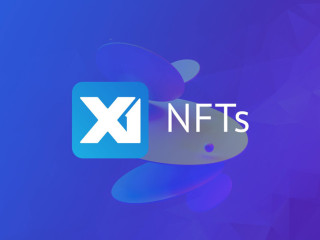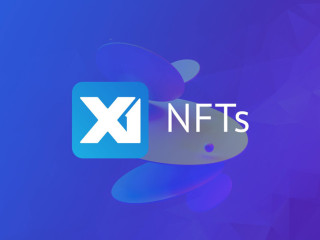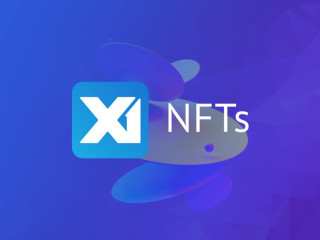
Bitcoin Ordinals haven’t wrestled blockspace from money TXs: Glassnode
09-27-2023Inscriptions have been acting more as a “packing filler,” stuffed into any remaining space once higher-value monetary transfers are packed into blocks, said the firm.
Despite concerns that Bitcoin Ordinals are clogging the network, there is little evidence to suggest inscriptions are taking blockspace away from higher-value Bitcoin BTC 
“There is minimal evidence that inscriptions are displacing monetary transfers,” on-chain analytics firm Glassnode explained its Sept. 25 “The Week On-chain” report.
The firm explained that this is likely because inscription users tend to set low fee rates, expressing a willingness to wait longer periods of time for confirmation.
“Inscriptions appear to be buying and consuming the cheapest available blockspace, and are readily displaced by more urgent monetary transfers.”
Bitcoin Ordinals were introduced in February 2023 and have since accounted for the lion’s share of network activity when it comes to daily transaction count.
However, this hasn’t necessarily been reflected in its share of mining fees, with inscriptions only attributing to about 20% of Bitcoin transaction fees, Glassnode noted.
More inscriptions means more revenue — but there’s a catch
While inscriptions have strengthened the base-load demand for blockspace and increased fees for miners, Glassnode says Bitcoin’s hash rate has also increased 50% since February.
This has resulted in tougher competition for miners looking to swoop in on revenue fees, says Glassnode:
“With extreme miner competition in play, and the halving event looming, it is likely that miners are on the edge of income stress, with their profitability to be tested unless BTC prices increase in the near term.”
Bitcoin is currently priced at $26,216, but many industry pundits expect some degree of price appreciation in the lead-up to Bitcoin’s halving event scheduled for April 2024.
Currently, most inscriptions come as a result of BRC-20 tokens, which were introduced one month after Casey Rodarmor launched the Ordinals protocol on Bitcoin in February.
On Sept. 25, Rodarmor pitched “Runes” as a potential alternative to BRC-20s, suggesting that an unspent transaction output-based fungible token protocol wouldn’t leave as many “junk” unspent transaction outputs on the Bitcoin network.
Source:Cointelegraph.
More from this category

Bitcoin fees top Ethereum for 3 days in a row as halving approaches
04-19-2024Transaction fees will play an important role in keeping Bitcoin miners afloat after the halving as the subsidy for mining a block is set to fall from 6.25 BTC to 3.125 BTC. Fees on Bitcoin have surpa...

What are generative art NFTs?
04-08-2024Understanding generative art NFTs Generative art NFTs are digital artworks created using algorithms and minted as unique tokens on the blockchain. Generative art, created via autonomous systems, gen...

Web3 ad service Everyworld reaches 225K users within a month of launching beta
03-29-2024The service is currently available in beta for select markets. Web 3 advertising service platform Everyworld has reached a total user base of 225,000 as of March 28. According to a press release fro...